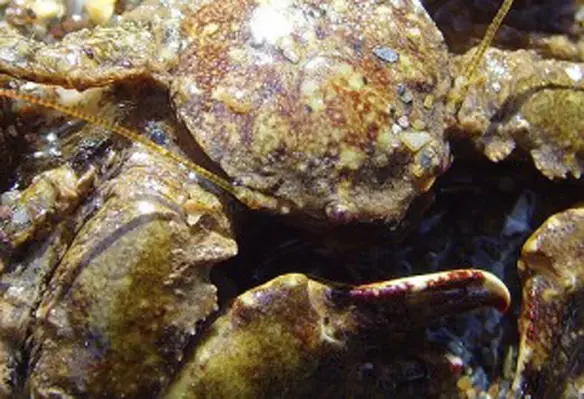The Odisha state government has announced that it is planning to promote mud crab farming to contribute to the coastal fisheries businesses as well as improve the source of income for small scale fishermen in the Indian coastal state
The crabs are majorly found in Odisha’s coastal areas of Balasore, Bhadrak, Kendrapara, Puri and Ganjam districts. Once available abundantly, the number of mud crabs has reduced significantly over the years as no step was initiated to conserve them.
Speaking about the government’s plant to conserve the species, a government official said, “We have planned to diversify the brackish water sector and promote two varieties of crabs, Scylla serrata and Scylla tranquebarica, as this year we have been successful in brackish water aqua culture.”
The government further noted that one of the crab species has already been cultured in a demonstration pond in Ganjam district by the Marine Products Exports Development Authority (MPEDA).
Being known for their rich amount of flesh content and rapid growth rate in captivity, a full grown crab weighs around 500g in six months. According to the Odisha government, the live mud crabs are high in demand and the conservation culture is aimed at promoting them properly in the market as a targeted fishery with high price-value.
The crabs of Scylla serrata species grew up to 500g in 174 days. It is estimated that around 1500kg of crabs can be harvested from a pond of one ha. The crabs are generally free from disease, with the survival rate being 50 per cent.
The Odisha farmers can obtain bank finance for the proposed crab culture. The National Fisheries Development Board (NFDB) in India will provide 40 per cent subsidy to the farmers for the mud crab cultures.
The official further noted, “Lack of sufficient crab-lets was a major roadblock for the culture. But now farmers can have hatcheries for crab-lets as the crab culture technology is available with Central Institute of Brackish water Aquaculture (CIBA) and Central Marine Fisheries Research Institute (CMFRI).”





